
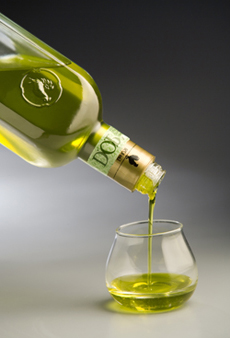 The Chianti Classico zone in central Tuscany is famous not just for its wine, but for its fine olive oil. Photo courtesy ChiantiClassico.net. The Chianti Classico zone in central Tuscany is famous not just for its wine, but for its fine olive oil. Photo courtesy ChiantiClassico.net.
ABOUT THE AUTHOR |
| KAREN HOCHMAN is Editorial Director of THE NIBBLE. She has a fondness for green and grassy olive oils. |
|
November 2005
Last Updated December 2014
|
 |
The Flavors & Aromas of Olive Oil
Olive Oil Taste: Why Do The Flavors Vary So Much?
Part II
Why Oils Taste Different
Why will 30 oils taste so distinctly different? The following factors play a role in the quality of olive oil produced:
| Agriculture |
Harvesting |
Production |
- Cultivar of olive
- Climate (latitude of
production area)
- Soil type
- Cultural techniques
(irrigation, drainage,
pesticide residues, etc.)
- Health of fruit (degree of
pest and disease
infestation)
|
- Maturity of fruit (time of
harvesting)
- Harvesting method
- Harvesting method
- Method and period of
post-harvest fruit
storage
- Method of fruit
- transport
|
- Oil extraction
system
(including extraction
temperatures)
- Method and period
of oil storage prior
to packing
- Type of packaging
(bottle, can)
- Period of storage in
final package prior
to use
|
According to expert Paul Vossen, head of the California Olive Oil Tasting Panel, the top determinants affecting flavor are:
- Quality production and storage methods. The biggest determinant—no surprise—is that you must start with good olives.
- Fruit Maturity. A Tuscan and a Spanish olive picked green may produce a more similar oil than a Tuscan olive picked late or early in the season.
- Olive Variety. Download a U.C. Davis paper by Paul Vossen (the University of California at Davis is the country’s leading school for olive agriculture).
- Growing Region. Just as chardonnay grapes grown in Australia, California, Chile, France and South Africa produce distinctively different wines, the same is true with the identical olive cultivar grown in different regions.
- Seasonal Variations. Both weather and growing conditions affect the flavor.
While pressing method is often mentioned as a determinant, and there is much discussion of different pressing techniques, according to Vossen, if the olives are properly pressed, the same olives will produce very similar oils regardless of the pressing technique.
For more information about olive oil, visit The Olive Oil Source.
Go To The Article Index Above
Learn More About Olive Oil
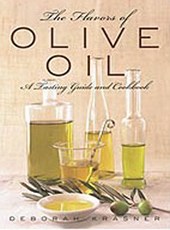 |
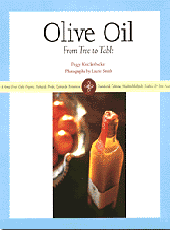 |
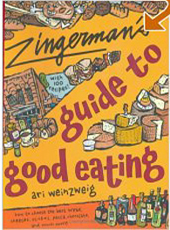 |
| The Flavors of Olive Oil, A Tasting Guide and Cookbook, by Elizabeth Krasner. This book may be the answer to your prayers as you browse the fifty or more different labels of olive oil on the shelves. It is a great introductory course to regional differentiations in taste and so much more. Click here for more information. |
Olive Oil From Tree to Table, by Peggy Knickerbocker. The complete story of olive oil, taking you firsthand to witness the harvesting, pressing, and grading of the oil; color photos make you feel as if you were witnessing the process. With 112 great recipes. Click here for more information. |
Zingerman’s Guide to Good Eating, by Ari Weinzweig. The famed Ann Arbor specialty food store owner demystifies olive oil plus cheese, pasta, chocolate, and other gourmet favorites. Click here for more information. |
Lifestyle Direct, Inc. All rights reserved. Images are the copyright of their individual owners.

|
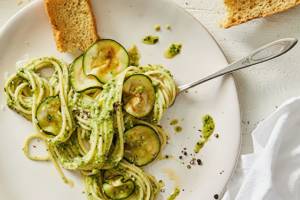
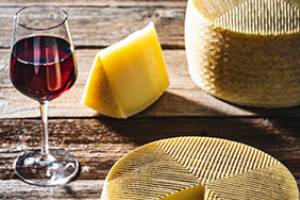
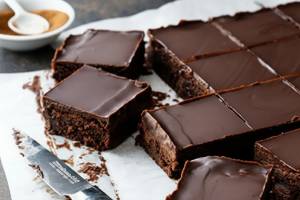

 The Chianti Classico zone in central Tuscany is famous not just for its wine, but for its fine olive oil. Photo courtesy ChiantiClassico.net.
The Chianti Classico zone in central Tuscany is famous not just for its wine, but for its fine olive oil. Photo courtesy ChiantiClassico.net.

